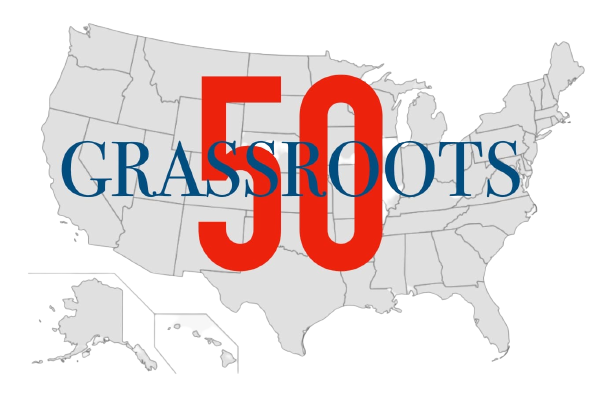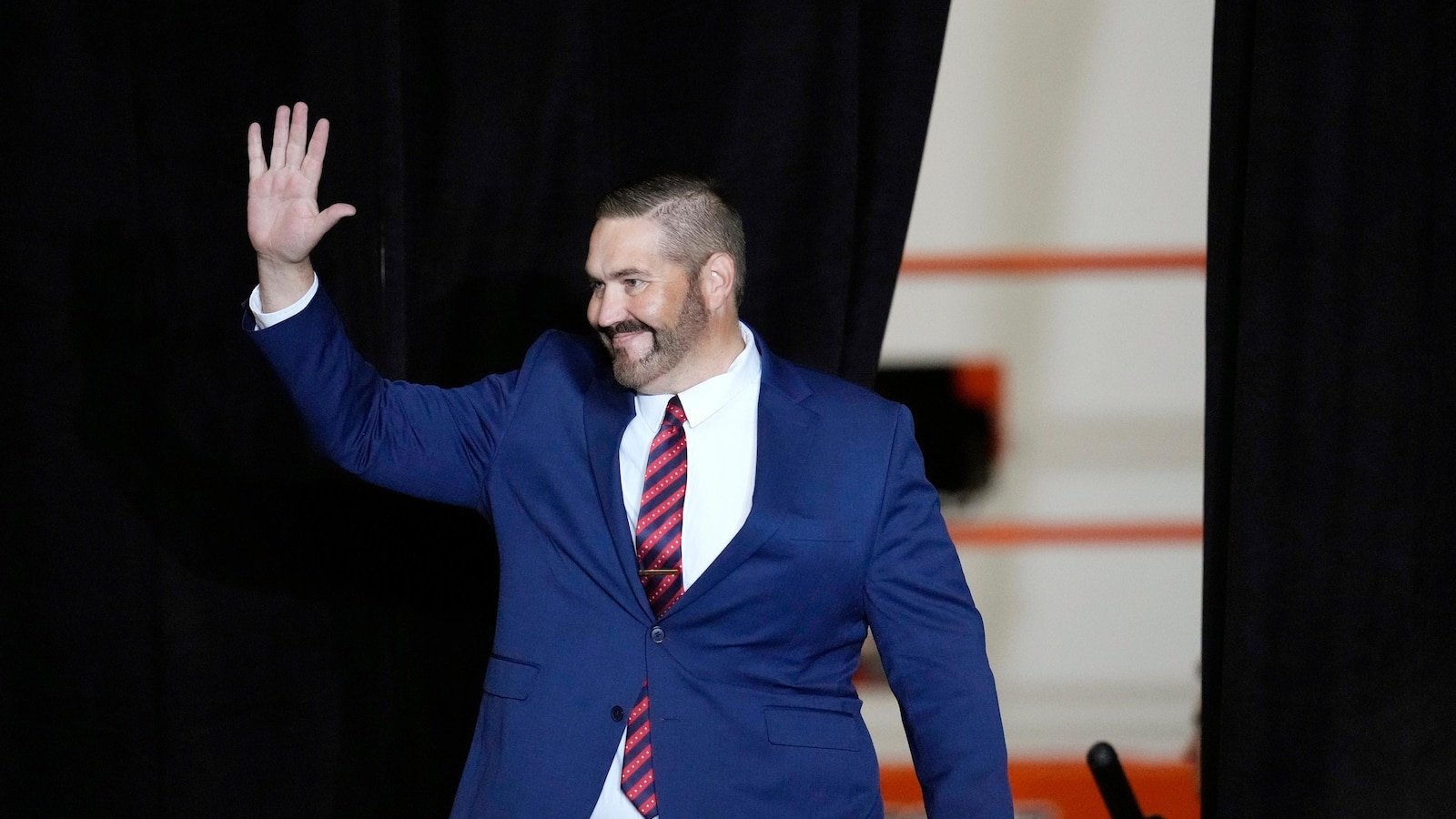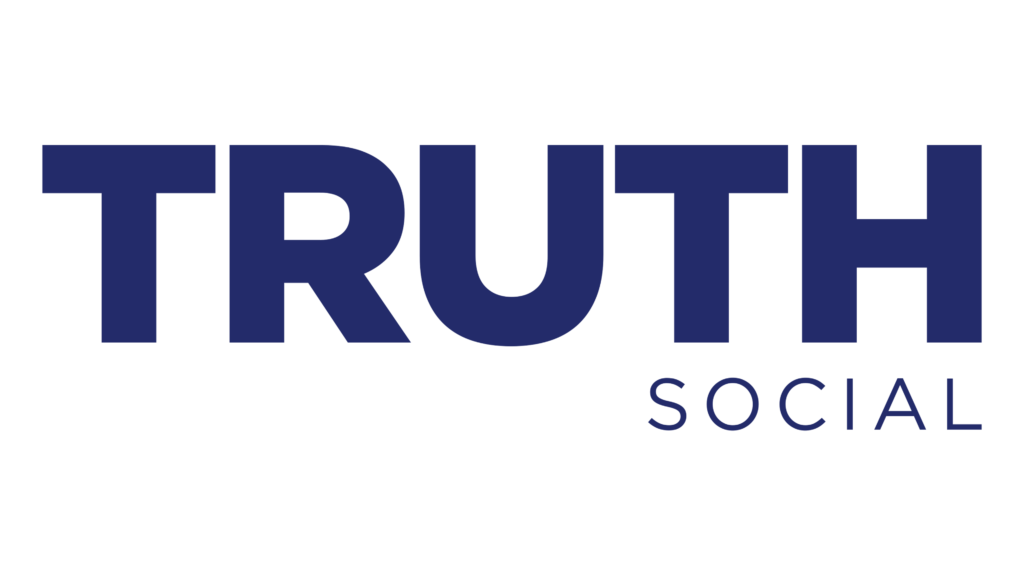The Coconino National Forest will continue work on several prescribed burns this week to return northern Arizona’s fire-adapted ponderosa pine forests to a healthier state.

If weather conditions such as temperature, wind, and humidity do not meet the criteria listed in the burn plan, the prescribed burn will be cancelled.
Blue Ridge Urban Interface

when: Continuing from October 2nd
where: Located approximately 9 miles northeast of Clint Well in the Mogollon Rim Ranger District.
why: This prescribed burn reduces the fuel load around Blue Ridge communities, thereby reducing the risk of unplanned and catastrophic wildfires during severe fire weather. The project will also reintroduce fire into fire-adapted ecosystems.
size: 7,000 acres
Burn method/type: Broadcast maintenance burn.
interval: The project will begin on October 2nd and will last approximately three weeks in total. Ignition occurs sporadically during the project timeline.
Effect of smoke: The smoke is expected to move north and northeast, making it highly visible from nearby areas such as Jacks Canyon, Little Springs Canyon and State Route 87.
Closures/Restrictions: No formal closure order has been issued, but Arizona Trail hikers are asked to follow posted reroutes to avoid dangerous areas.
Kendrick/Horseshoe

date: October 8th
interval: 2 days
position: 28.5 miles northwest of Flagstaff near Kendrick Park.
size: Total of 3,471 acres (composed of 4 sections/blocks).
Type of burn: Maintenance, broadcast burnout. A maintenance fire usually means there has been a recent wildfire in the area. This tends to produce less smoke because the forest fuel is not as dense or builds up over time. Broadcast burning means firefighters use drip torches to spread the fire across the landscape, effectively “broadcasting” the low-intensity fire across the landscape.
Effect of smoke: The smoke is expected to spread to the northeast, impacting Route 180, with possible minor impacts in Donny Park and moderate impacts in Kendrick Park overnight. As the fire continues, smoke is expected to decrease along Highway 180 as the fire moves further west. Moderate to severe smoke effects are expected on Highway 180 overnight as the smoke settles during the fire.
why: This prescribed burn reduces fuel loads in the area west of Kendrick Park and prevents unplanned and catastrophic wildfires during the dangerous fire weather and high wind conditions common in the Kendrick Park area. Risk is reduced. This prevents the possibility of extreme wildfires moving to the San Francisco summit and also helps reintroduce fire into fire-adapted ecosystems.
Note: No closures are expected at this barn.
sawmill
Expected date: October 9th
interval: This post will run intermittently until November 22nd.
position: 31.5 miles east/southeast of Mann’s Park.
size: Total of 2,581 acres (consisting of 2 sections/blocks).
Type of burn: First time participating in a broadcast, but. Early invasion fires mean that no fires have occurred recently, resulting in the accumulation of forest fuels such as pine cones, pine needles, and dead and fallen trees. This creates thicker smoke when compared to maintenance fires. Affects the density of the forest fuel that is burned. Broadcast burning means firefighters use drip torches to spread the fire across the landscape, effectively “broadcasting” the low-intensity fire across the landscape.
Effect of smoke: No significant smoke effects are expected. Smoke will collect in a flat area to the north and east of the burn site. However, smoke may be coming from Interstate 40, Twin Arrows, and Winslow.
why: This project will reduce hazardous fuel loading and return fire to fire-adapted ecosystems.
Note: It is unlikely that firefighting operations will occur at the sawmill project before October 21st. However, fire managers may move operations to the sawmill from another project to reduce the smoke impact on the Verde Valley.
UBC (Upper Beaver Creek) 2
Expected date: October 9th
interval: Until November 22nd.
position: 26 miles southeast of Mann’s Park, near Stoneman Lake.
size: Total 16,406 acres (consisting of 8 sections/blocks).
Type of burn: First time participating in a broadcast, but. Early invasion fires mean that no fires have occurred recently, resulting in the accumulation of forest fuels such as pine cones, pine needles, and dead and fallen trees. This creates thicker smoke when compared to maintenance fires. Affects the density of the forest fuel that is burned. Broadcast burning means firefighters use drip torches to spread the fire across the landscape, effectively “broadcasting” the low-intensity fire across the landscape.
Effect of smoke: Smoke is expected to move north and east, potentially impacting Lake Mary Road. Smoke could drift west toward the Verde Valley and I-17.
why: This prescribed burning reduces harmful fuels such as fallen trees and rotting vegetation within the project area. It also puts fire back into fire-adapted ecosystems.
Note: No closures are planned for this project.
Peaks (Horseshoe)
Expected date: October 10th or October 11th
interval: 1 to 3 days.
position: 24 miles north/northwest of Flagstaff, just south of Kendrick Park.
size: Total of 1,050 acres (consisting of 2 sections/blocks).
Type of burn: Maintenance, broadcast burnout. A maintenance fire usually means there has been a recent wildfire in the area. This tends to produce less smoke because the forest fuel is not as dense or builds up over time. Broadcast burning means firefighters use drip torches to spread the fire across the landscape, effectively “broadcasting” the low-intensity fire across the landscape.
Effect of smoke: Smoke will be very visible from the Flagstaff area. Smoke impacts are possible on U.S. Highway 180 and Kendrick Park and surrounding communities.
why: This fire will reduce the severe fatalities and residual fuel that occurred in the 1996 Hochderffer fire. It will also work to protect the Kendrick Park community from future unwanted and catastrophic wildfires.
Note: There are no planned closures associated with this project.
Prescribed burn information can always be accessed in several ways.
Prescribed burns are always dependent on weather and wind conditions and Arizona Department of Environmental Quality (ADEQ) approval. The public can view approved prescription burns on ADEQ’s website. smoke.azdeq.gov. Coconino NF writes begin with the specifier “COF”.
During the prescribed burn, smoke is visible from several areas of the forest. Please refrain from calling dispatch or 911 to report prescribed combustion smoke so that we can keep the lines open in case of an emergency.
10 years of Forest Service Wildfire crisis strategy We aim to increase prescribed burning and other treatments across the landscape to improve forest resilience for generations to come. That work could result in more smoke, impacting both the public and responders.
We recognize that the effects of smoke can affect not only fire personnel but also residents and visitors. We will continue to work closely with our partners and community to keep people informed about the project and potential smoke. Affected communities can learn more at: airnow.gov.
Before conducting a prescribed burn, Coconino NF follows the steps outlined in the agency-wide National Prescribed Fire Review. These steps include validating and updating prescribed burn plans using the latest science and modeling, incorporating new drought monitoring data, ensuring documentation of patrol plans and long-term patrol strategies, and ensuring that landowners, partners, and elected officials Includes items such as communication and engagement with officials. , and partners to implement prescribed fires.
Prescribed burning is an important part of maintaining forest health. Visit our website to learn more about why prescribed burns are done and how they benefit landscapes and help protect communities.Prescribed fire and forest health webpage.
Read more stories from The Mountain Cities at Signals A Z.com.























